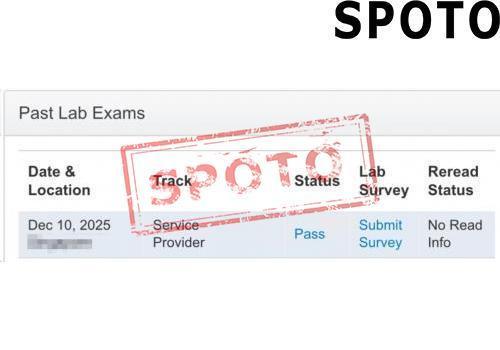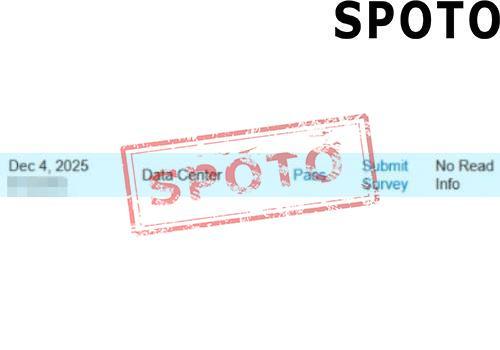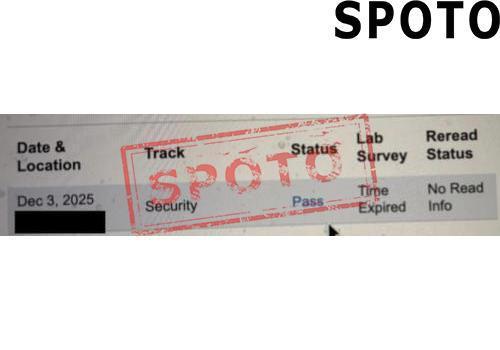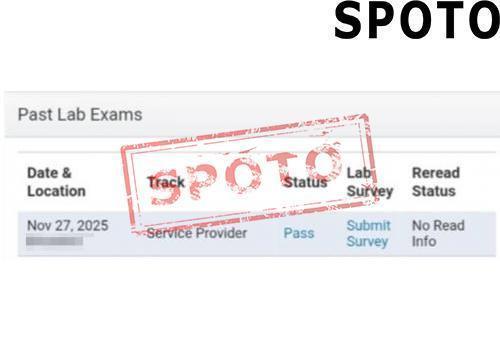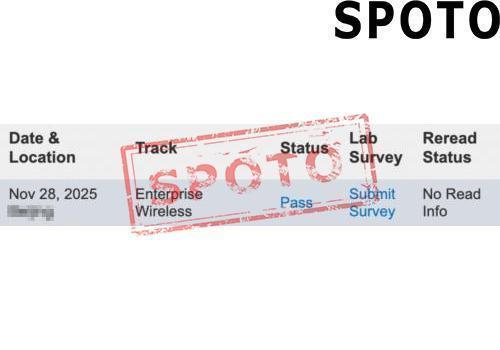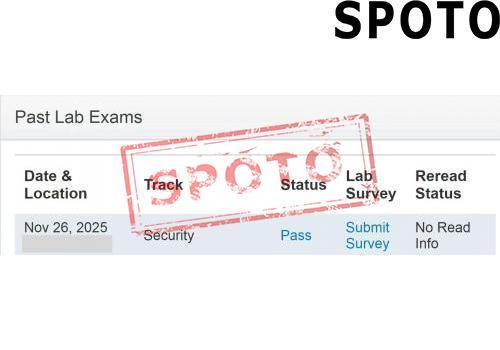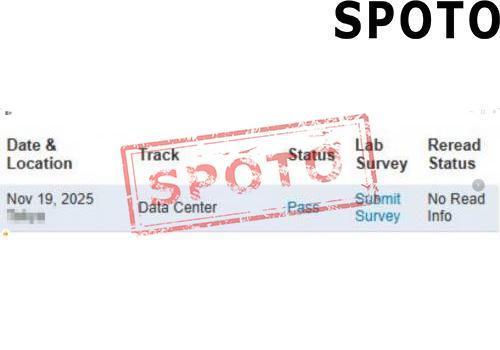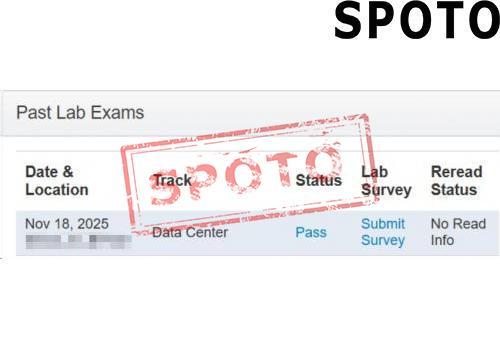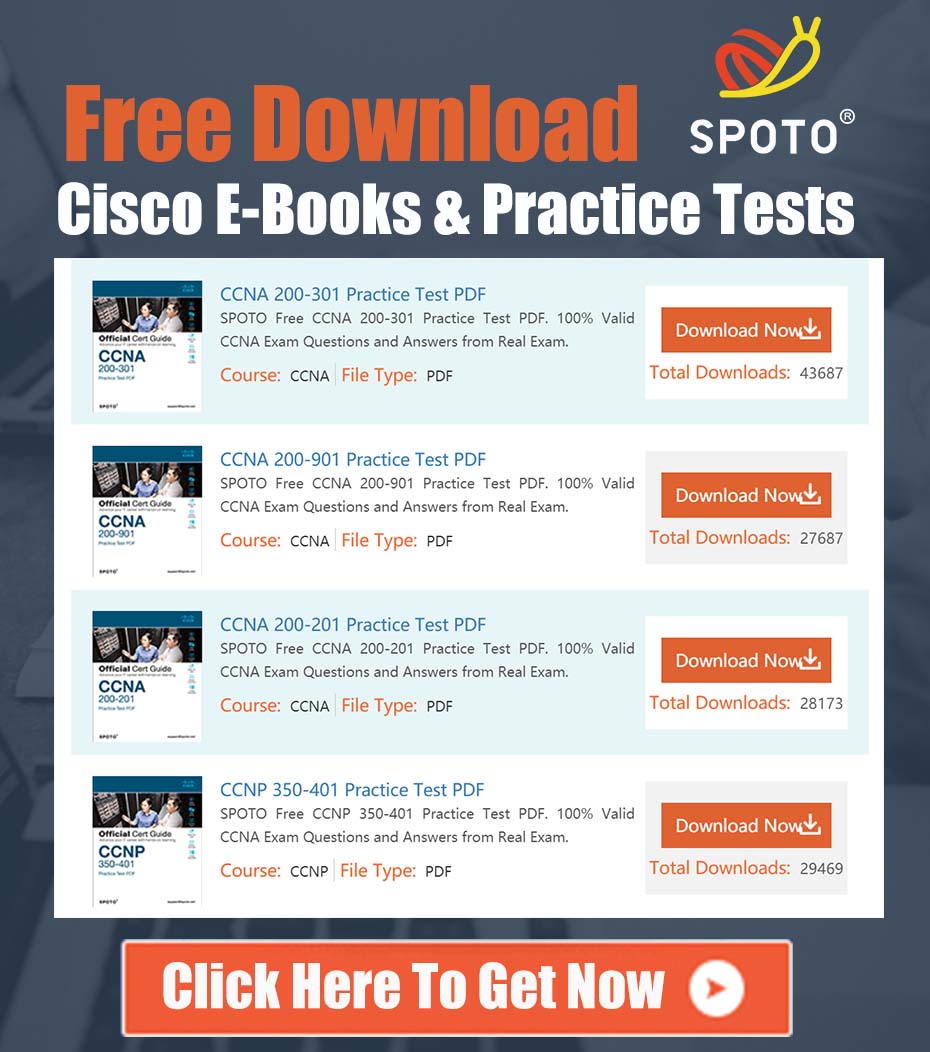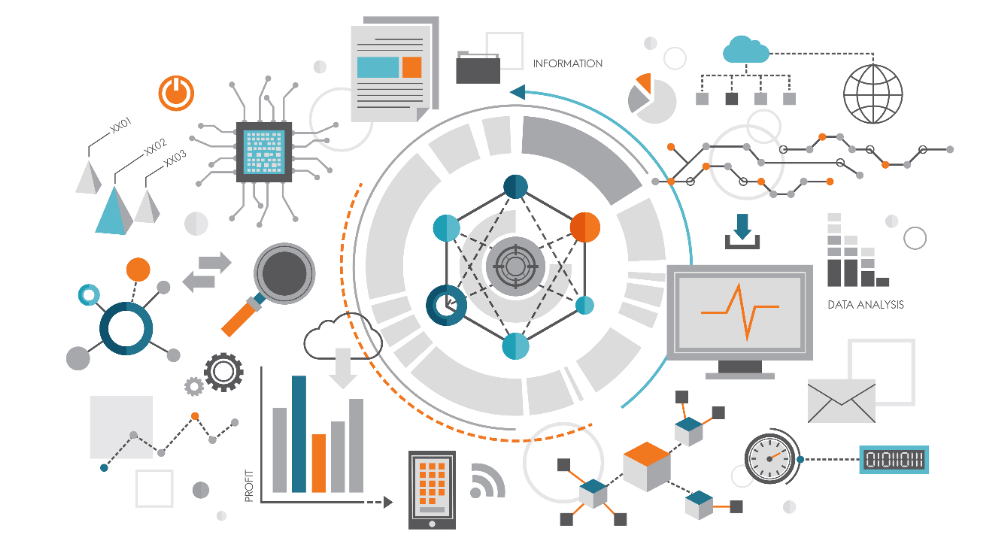
Table of Contents
- 1. Master the CCIE SP Exam Blueprint
- 2. Gain Hands-on Experience with Labs
- 3. Develop a Network Design Mindset
- 4. Master BGP and MPLS Like a Pro
- 5. Sharpen Your Troubleshooting Skills
- 6. Get Comfortable with Network Automation
- 7. Choose Study Materials That Match Your Learning Style
- 8. Engage with Networking Communities
- 9. Take Mock Labs Before The Real Exam
- 10. Maintain a Balanced Study Routine
- Final Thoughts: Is CCIE SP Worth It?
Earning the CCIE Service Provider (SP) certification is one of the most challenging achievements in networking. It requires deep expertise in MPLS, BGP, QoS, VPNs, and large-scale network infrastructure. However, with the right strategy and mindset, you can tackle this challenge effectively.
Here are 10 pro tips to help you stay on track and succeed in the CCIE SP journey.
1. Master the CCIE SP Exam Blueprint
Before diving into study materials, take the time to carefully analyze the CCIE SP exam blueprint provided by Cisco. This test spans multiple critical areas, such as:
- MPLS (Multiprotocol Label Switching)
- BGP (Border Gateway Protocol) and Routing Policies
- Segment Routing and QoS
- Service Provider VPNs (L2/L3 VPNs)
- Traffic Engineering and Network Automation
Breaking the blueprint into smaller study objectives allows for targeted learning and ensures that you develop a strong grasp of every required skill.
2. Gain Hands-on Experience with Labs
The CCIE SP exam isn't just about theory—it demands practical expertise in real-world network configurations. Hands-on practice with MPLS networks, BGP peering, and traffic engineering is crucial.
- Set up virtual labs using GNS3, Cisco Modeling Labs (CML), or EVE-NG.
- Work on BGP route reflectors, MPLS VPNs, and QoS mechanisms.
- Simulate different network failures and troubleshooting scenarios.
If you can confidently build and troubleshoot an ISP network from scratch, you're on the right track.
3. Develop a Network Design Mindset
Unlike other CCIE tracks, CCIE SP requires expertise in designing scalable and resilient service provider networks. Your focus should be on:
- Understanding the differences between Tier 1 ISPs and enterprise networks.
- Exploring ways to scale BGP with thousands of routes.
- Learning how MPLS Traffic Engineering (MPLS-TE) enhances network efficiency.
Studying real-world ISP architectures and analyzing Cisco's service provider case studies will give you deeper insights into best practices.
4. Master BGP and MPLS Like a Pro
BGP and MPLS are the foundation of CCIE SP, so a deep, working knowledge of these protocols is essential. You'll need to be well-versed in:
- BGP: Route filtering, policy-based routing, and key attributes like MED, Local Preference, and AS-Path.
- MPLS: Label switching, LDP, RSVP-TE, VPNs, and Segment Routing (SR).
Set up lab environments where you configure full-mesh BGP, MPLS VPNs, and advanced traffic engineering solutions to reinforce your expertise.
5. Sharpen Your Troubleshooting Skills
Troubleshooting is a major component of the CCIE SP lab exam, and you'll need to diagnose complex ISP network issues under time constraints.
- Practice resolving flapping BGP routes, MPLS label mismatches, and QoS misconfigurations.
- Work against a timer to improve your speed and efficiency.
- Keep a troubleshooting log to document common issues and their solutions.
Studying real-world ISP network failures and service disruptions can also enhance your diagnostic skills.
6. Get Comfortable with Network Automation
Automation plays an increasingly important role in service provider networks, so CCIE SP candidates must develop skills in:
- Writing Python scripts to automate network configurations.
- Using NETCONF, REST APIs, and YANG models for device interaction.
- Leveraging Ansible to manage large-scale network deployments.
Building simple automation scripts to handle routine networking tasks will help solidify your understanding of these technologies.
7. Choose Study Materials That Match Your Learning Style
The right study resources can make a huge difference in your CCIE SP preparation. Invest in high-quality books, courses, and lab environments that align with your learning preferences.
Books
- MPLS Fundamentals – Luc De Ghein
- BGP Design and Implementation – Randy Zhang
- QoS for IP/MPLS Networks – Santiago Alvarez
Courses & Labs
- Cisco's Official CCIE SP Learning Path
- INE's CCIE SP Video Course & Workbooks
- Hands-on practice with Cisco Modeling Labs (CML) or EVE-NG
Additionally, following CCIE-certified experts on YouTube, LinkedIn, and networking forums can provide fresh perspectives and study strategies.
8. Engage with Networking Communities
Networking is a field that thrives on collaboration, and interacting with other CCIE candidates can accelerate your learning.
- Participate in Cisco Learning Network forums.
- Join discussions on Reddit (r/ccie & r/networking).
- Be active in Telegram and Discord study groups.
Exchanging ideas with peers will introduce you to different troubleshooting techniques and reinforce your understanding of key concepts.
9. Take Mock Labs Before The Real Exam
Before booking your CCIE SP lab exam, simulate the full experience with practice labs to gauge your preparedness.
- Complete at least one full-length mock lab under exam conditions.
- Time yourself strictly to ensure you can complete tasks within the allocated duration.
- Identify weak points and work on strengthening them before your actual attempt.
A thorough post-lab review will help fine-tune your approach and increase confidence before the final test.
10. Maintain a Balanced Study Routine
The CCIE SP journey is demanding, and burnout can derail your progress. To avoid this, establish a structured yet manageable study routine.
- Dedicate 3-4 hours per day to focused learning.
- Take regular breaks to prevent mental fatigue.
- Prioritize adequate sleep and healthy habits to improve retention and performance.
Since CCIE certification is a marathon, not a sprint, pacing yourself is crucial to long-term success.
Final Thoughts: Is CCIE SP Worth It?
Absolutely! The CCIE Service Provider certification proves your expertise in ISP networking, large-scale BGP, and MPLS technologies, making you a highly valuable professional in roles like:
- Network Architect (ISP & Telecom)
- Senior BGP/MPLS Engineer
- Service Provider Consultant
With salaries often ranging from $130K to $200K+, obtaining the CCIE SP can open doors to high-paying career opportunities.
If you're passionate about mastering ISP networking, CCIE SP is one of the most rewarding certifications you can achieve.
